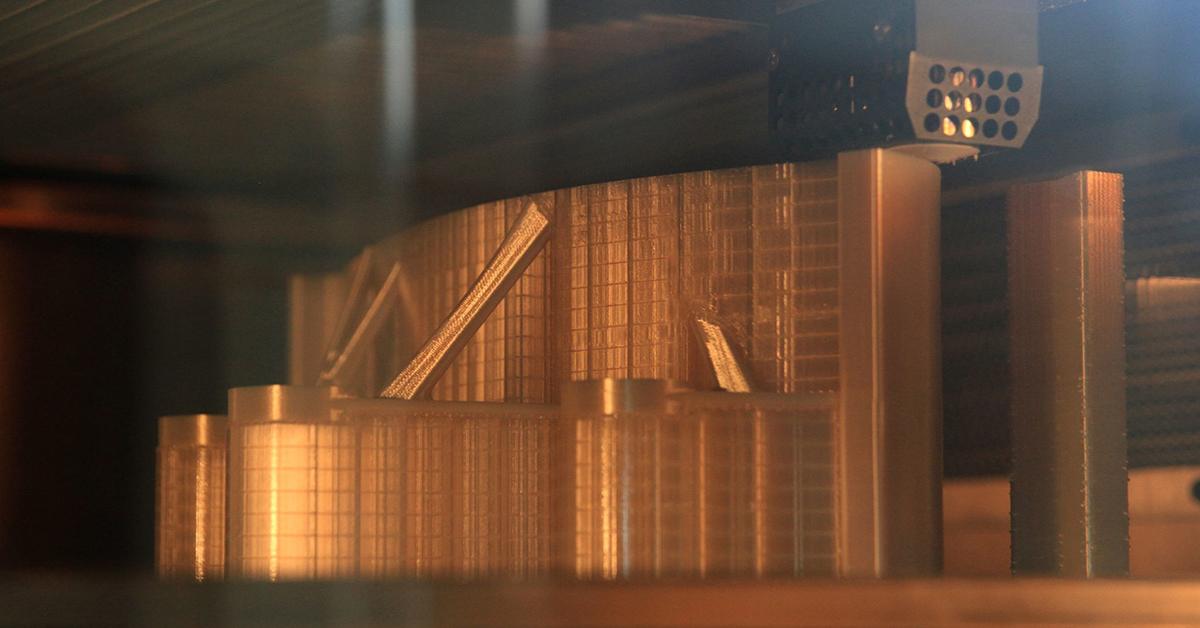Sourcing Low-Criticality Parts for Aircraft with 3D Printing

Additive manufacturing (AM) has matured significantly as a manufacturing technique over the last 5 years. Along with this, knowledge of AM within companies has increased and its opportunities are increasingly discussed at board-level, especially as pandemic-driven fractures in supply chains and unpredictability in demand have spurred several industries to consider decentralized and on-demand manufacturing.
In the aerospace industry, applications of the technology are rapidly diversifying from structural components such as GE's LEAP fuel nozzle to cabin interiors such as Airbus's retrofit spacer panels. The industry conversation around additive manufacturing frequently focuses on printing safety-critical metal parts. However, in the meantime, the 3D printing of low-criticality plastic components has been rapidly maturing. Materialise, an EASA 21.G-certified additive manufacturing company, manufactures an estimated 26,000 3D-printed parts per year across the Airbus A350 ecosystem. These low-criticality applications have clear commercial benefits from AM, using the on-demand, tooling-free nature of the technology to eliminate overstock risk and warehousing costs.

Low Criticality, High Potential
So, what's stopping the industry from further raising its usage of AM? The most-cited challenge, by far, is qualification. In recognition, civil aviation authorities have made moves to support the adoption of AM for low-criticality parts and make the industry more autonomous in collaborating for such applications without an unduly high qualification barrier. An updated certification memorandum by EASA (the European Union Aviation Safety Agency) in November 2020 outlines flying components where a lowered certification barrier applies, highlighting low-criticality parts for the first time, where AM can more easily be used.
By taking a certification approach which is proportional to criticality, EASA has given the European aerospace industry a catalyst to make full use of the small-series benefits of AM where low-criticality parts are concerned.

Supply Chain Resilience through On-Demand Manufacturing
After more than three decades of applied 3D printing, its small-series advantages are well established. Where key parts were stored as physical assets, 3D files can be kept, adjusted, and printed as necessary to meet evolving demands. With no reliance on expensive tooling and set-up, 3D-printed spare parts can be delivered at ultra-short lead times and a cost per part that does not depend on high-volume series. These reduced costs are highly valuable in the industry as large sections of the aircraft manufacturing and MRO cycle involve lower volumes. Crucially, as the COVID19-fuelled supply shortages have highlighted, having a digital inventory also protects aerospace manufacturers from the risk of part discontinuation or supply chain barriers.
Many aerospace manufacturers and MROs have already discovered how these features of AM can help them get a handle on complexity in their supplier set-ups. Today, a great variety of flight-ready parts are routinely manufactured by certified AM suppliers, adding a degree of agility and flexibility to the supplier mix. But what kind of applications make sense to manufacture with AM, and what do standard costs look like?
Produced by the aerospace team at Materialise, this white paper offers an overview of the supply chain benefits and opportunities of using AM for the manufacturing of low-criticality plastic parts. Download the white paper to discover the sweet spot for AM in terms of typical parts, volumes, and costs, with benchmark data from Materialise, and practical guidance on implementing AM in your supply chain.




